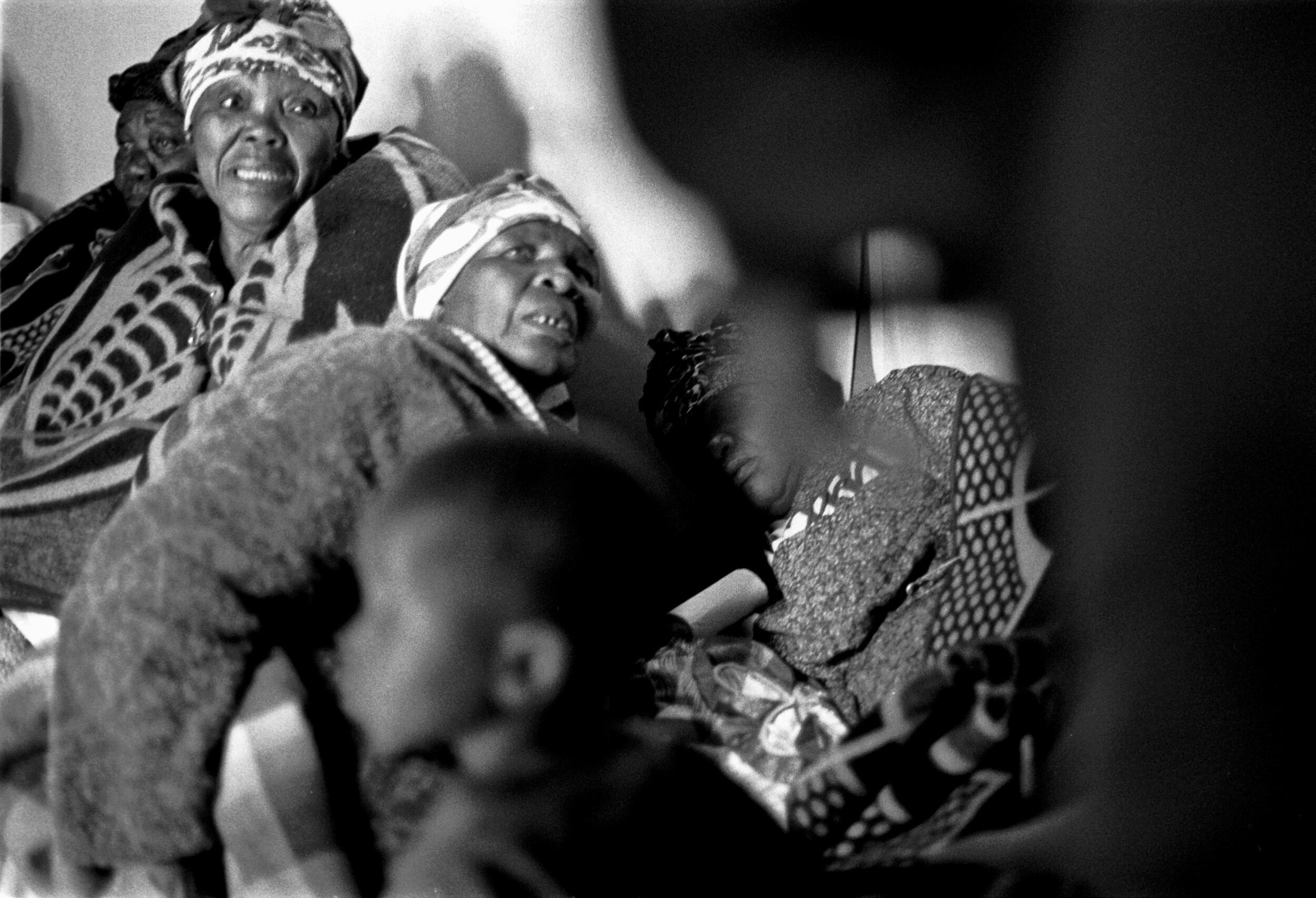Living with HIV
HIV & AIDS in the 21st century
One cannot be a documentarian in South Africa without the spectre of HIV & Aids hovering over every story, every life.
The AIDS pandemic decimated lives across Southern Africa which quickly had become the epicenter of a seemingly unstoppable march across the continent. It is even now almost impossible to describe how the disease changed people's lives from once receiving a death sentence, to now where medication is instrumental in supporting a full and productive life.
NOT ME NOT MINE
A FOCUS ON WOMEN AND GIRLS
"Not Me Not Mine" is a series of photographs and interviews commissioned by the UNAIDS Regional Support Team for Eastern and South Africa in 2011. The exhibition was initially conceived as a multi-media installation at the prestigious Standard Bank Gallery in Johannesburg, South Africa, but subsequently found its iteration in a series of life-sized prints accompanied with transcripts of these interviews. Only in two cases were the interviews translated (from Afrikaans to English).
PMTCT
prevention of mother to child transmission
Every year, globally, an estimated 1.4 million women living with HIV become pregnant. Untreated, they have a 15-45% chance of transmitting the virus to their children during pregnancy, labour, delivery or breastfeeding.[Source]
While the numbers globally have decreased dramatically, newborn babies are still at significant risk of contracting the virus, starting from the moment of conception.
1.5 million and US
Living with HIV as a teenager
1.5 million and us is a digital storytelling project that involved 15- to 19-year old adolescents living with HIV and taking Antiretroviral treatment (ART) in Cape Town, South Africa.
A Farm Funeral
HIV in rural South Africa
In the early 2000s, the stigma associated with AIDS, as it was then called, made it an unmentionable disease. This was amplified in rural settings, where everybody knew everybody’s business. It also meant that the rural impact of AIDS was completely underestimated and under-reported.
HIV AND AGING
In 2014, an estimated 45% of Americans living with diagnosed HIV were aged 50 and older, 27% were aged 55 and older, and 6% were aged 65 and older [Source].
HIV and its associated therapies, combined with the symptoms of the normal aging process, present new challenges for service providers, family members and not least, the survivors themselves.
There are multiple reasons why I chose to document and collaborate with aging HIV survivors. When I started a career in documentary photography, many of the people I photographed and interviewed were not expected to live fulfilled lives.
With the delayed access to free treatment in many countries in Africa, there are not many people alive today who have carried the virus for over 20 years. Not nearly as many as compared to the number of survivors in the USA. Somehow I have found that yet again we run the risk of focusing only on the numbers and not on the people whose lives are impacted by the joint effects of aging and living with HIV.





